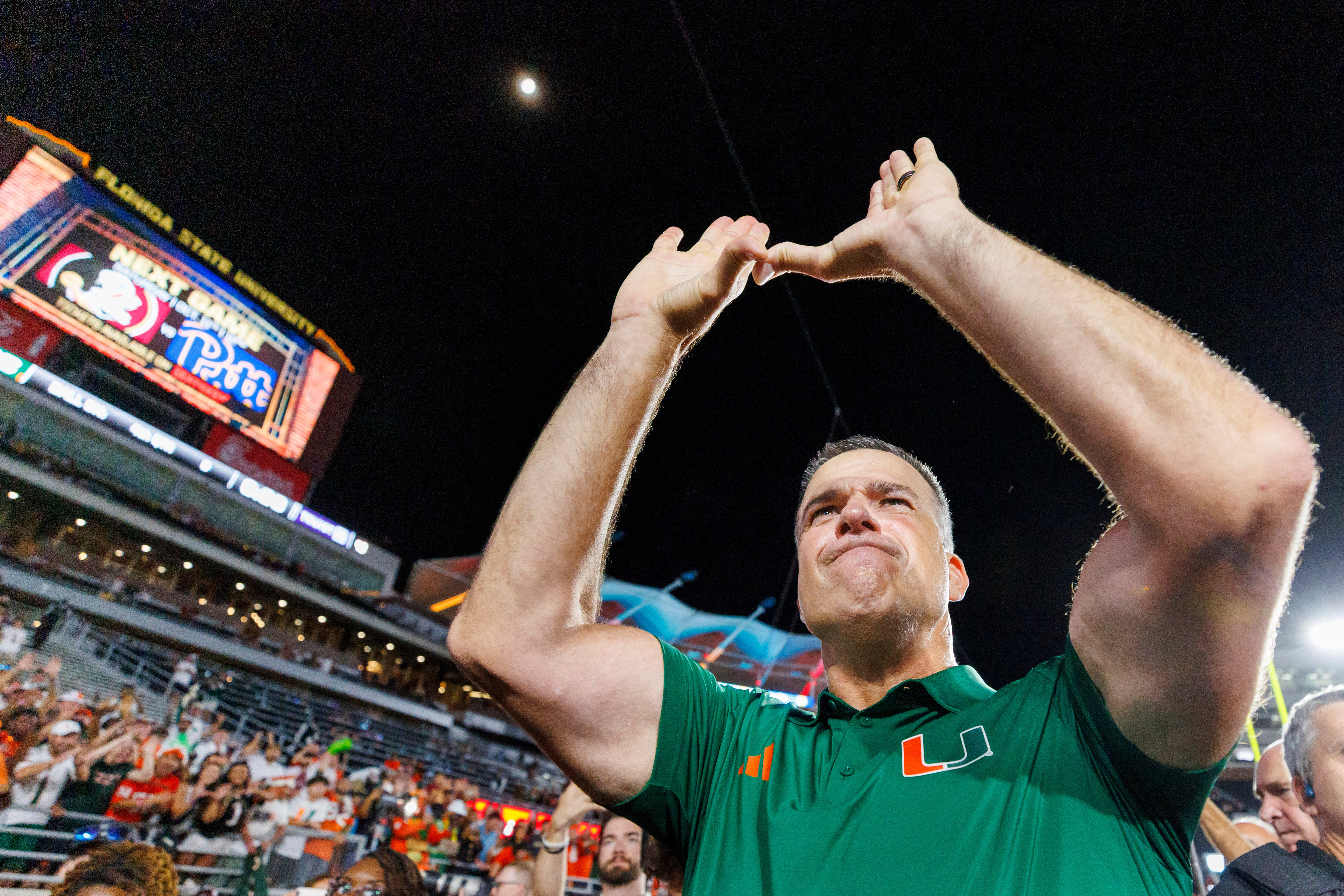What is the story about?
What's Happening?
Miami has been identified as the city most likely to experience a housing market bubble burst, according to a study by UBS Global Wealth Management. The report highlights that Miami's home prices have soared over the past 15 years, potentially leading to a sharp decline. A housing bubble occurs when home prices rise significantly beyond their actual values, driven by investor speculation and increased buyer demand. The burst happens when unsustainable price growth leads to fewer purchases, causing a dramatic drop in home prices. Recently, Miami homeowners have been delisting properties at a rate more than twice the national average, with homes lingering unsold for longer periods. By September, Miami had the strongest buyer's market in the country, with the highest bubble risk among cities studied by UBS.
Why It's Important?
The potential burst of Miami's housing market bubble could have significant implications for homeowners and the real estate industry. A sharp decline in home prices may lead to financial losses for homeowners who purchased properties at inflated prices. The study notes that Miami's price-to-rent ratio has surpassed levels seen during the 2006 property bubble, indicating high bubble risk. While price growth is expected to turn negative, a sharp correction is deemed unlikely due to Miami's coastal appeal and favorable tax environment, which continue to attract newcomers. However, changes in the economy, investor confidence, or an increase in housing supply could trigger a drop in home values, affecting both local and international demand.
What's Next?
The UBS study suggests that while a sharp correction in Miami's housing market is unlikely, price growth is expected to turn negative in the coming quarters. Miami's appeal and tax benefits continue to attract newcomers, particularly from the US West and Northeast, as well as international buyers from Latin America. The luxury oceanfront condo segment remains robust. Homeowners and investors should monitor economic changes and housing supply levels, as these factors could influence market dynamics. Stakeholders may need to prepare for potential adjustments in property values and strategize accordingly.
Beyond the Headlines
The situation in Miami's housing market raises broader questions about the sustainability of real estate price growth in urban areas. The study highlights the importance of monitoring economic indicators and investor confidence to prevent market excesses. The price-to-rent ratio serves as a critical metric for assessing market health, and its current high level in Miami suggests potential vulnerabilities. The city's experience may offer lessons for other urban markets facing similar risks, emphasizing the need for balanced growth and careful market analysis.
AI Generated Content
Do you find this article useful?

















